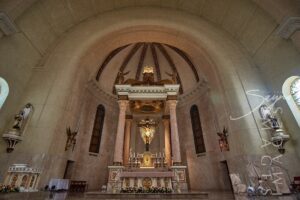
Mount Carmel Shrine: A Spiritual and Cultural Landmark in Quezon City
When in Quezon City, one of the most serene and awe-inspiring places to visit is the Mount Carmel Shrine, a haven of peace, spirituality, and
If you find yourself wandering through the sprawling campus of the University of the Philippines (UP) Diliman in Quezon City, you’ll undoubtedly encounter one of the most iconic and profound landmarks in the country—the UP Oblation. This statue, more than just a work of art, stands as a powerful symbol of Filipino patriotism, sacrifice, and the unyielding pursuit of truth. Whether you’re a history buff, an art enthusiast, or simply someone looking for a meaningful spot to visit, the UP Oblation is a must-see landmark in the Philippines.

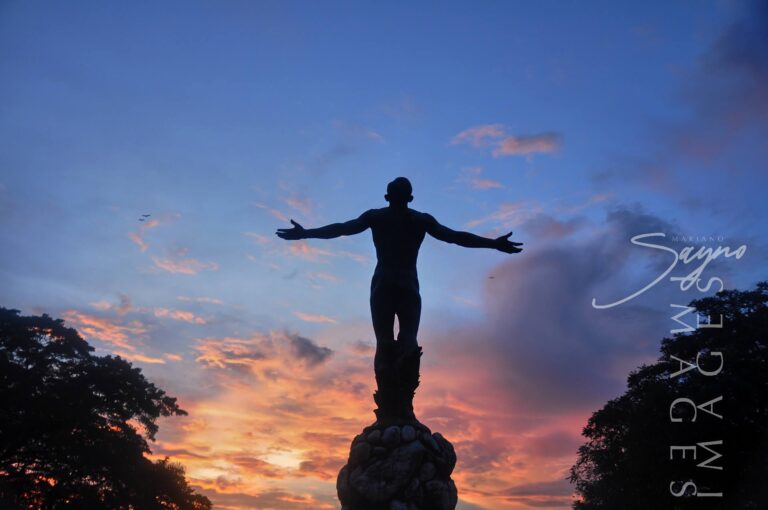
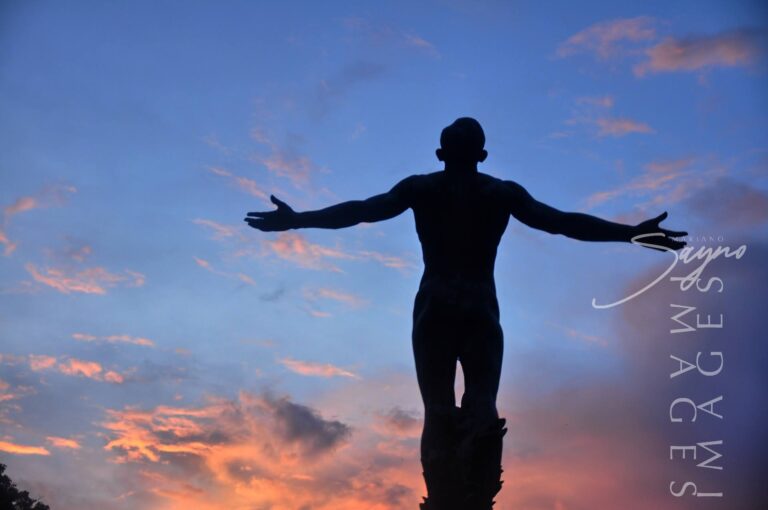

The UP Oblation was sculpted by the National Artist Guillermo Tolentino in 1935, and it remains a striking representation of the Filipino people’s dedication to freedom and public service. Depicting a young man standing with arms outstretched, the statue’s form exudes a sense of openness, defiance, and hope. The figure’s nudity symbolizes purity and sacrifice, offering itself freely for the nation’s ideals. It’s an image of surrender, yes—but it’s also one of empowerment. Placed at the heart of UP Diliman, the Oblation isn’t just a statue in a garden; it’s a cultural and intellectual beacon. Standing before it, you can feel the weight of its symbolism. It’s a reminder of the power of ideas and activism, resonating with the values of the university itself—honor, excellence, and service to the Filipino people.
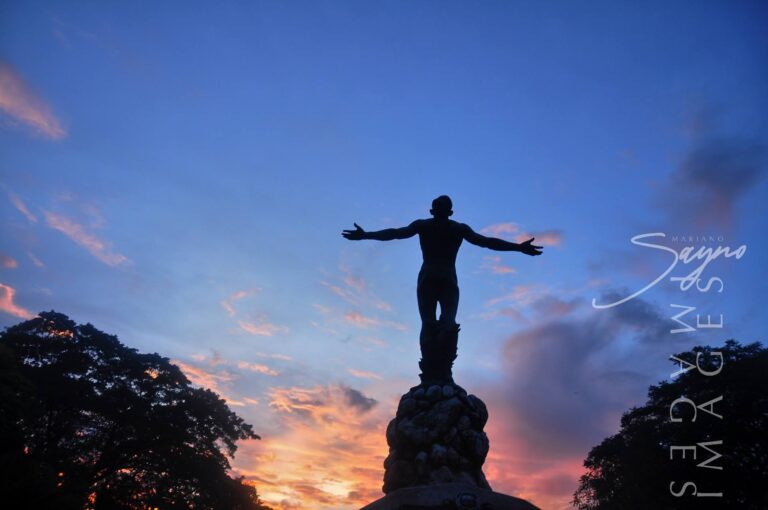
Visitors often stop at the Oblation to take pictures, yes, but it’s also a space where many pause to reflect on the deeper meaning behind the monument. The UP Oblation serves as an invitation to think about personal sacrifice, collective identity, and national pride. In fact, the statue has been the backdrop of countless events—protests, gatherings, and even celebrations—each one adding a layer of meaning to this ever-evolving symbol. Whether you’re strolling through the UP campus as part of a tour or making a special visit, the Oblation is a place to connect with the history and values of the Philippines. It’s not just a tourist attraction but an experience that sparks contemplation about the Filipino spirit and the country’s journey toward freedom.
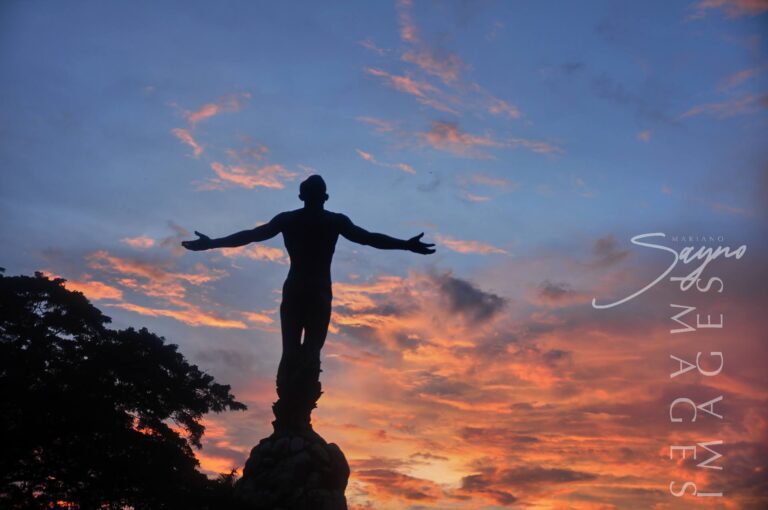
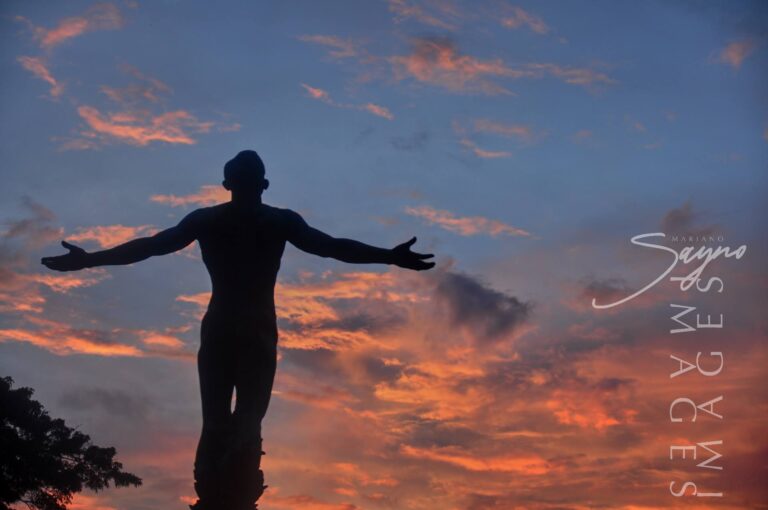
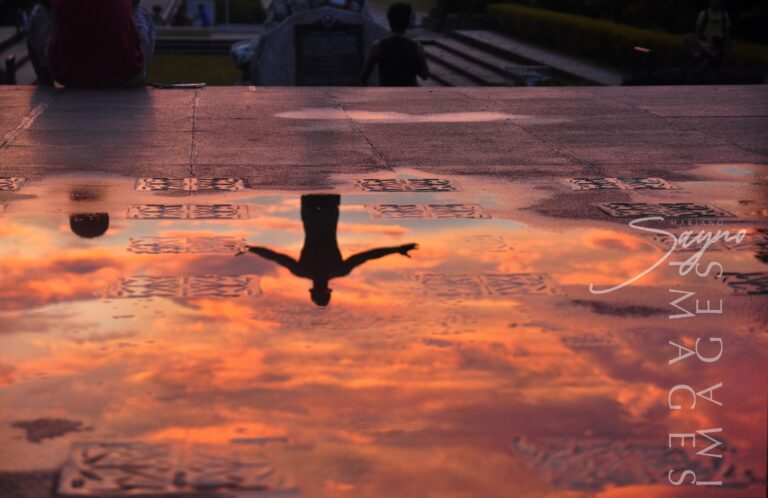
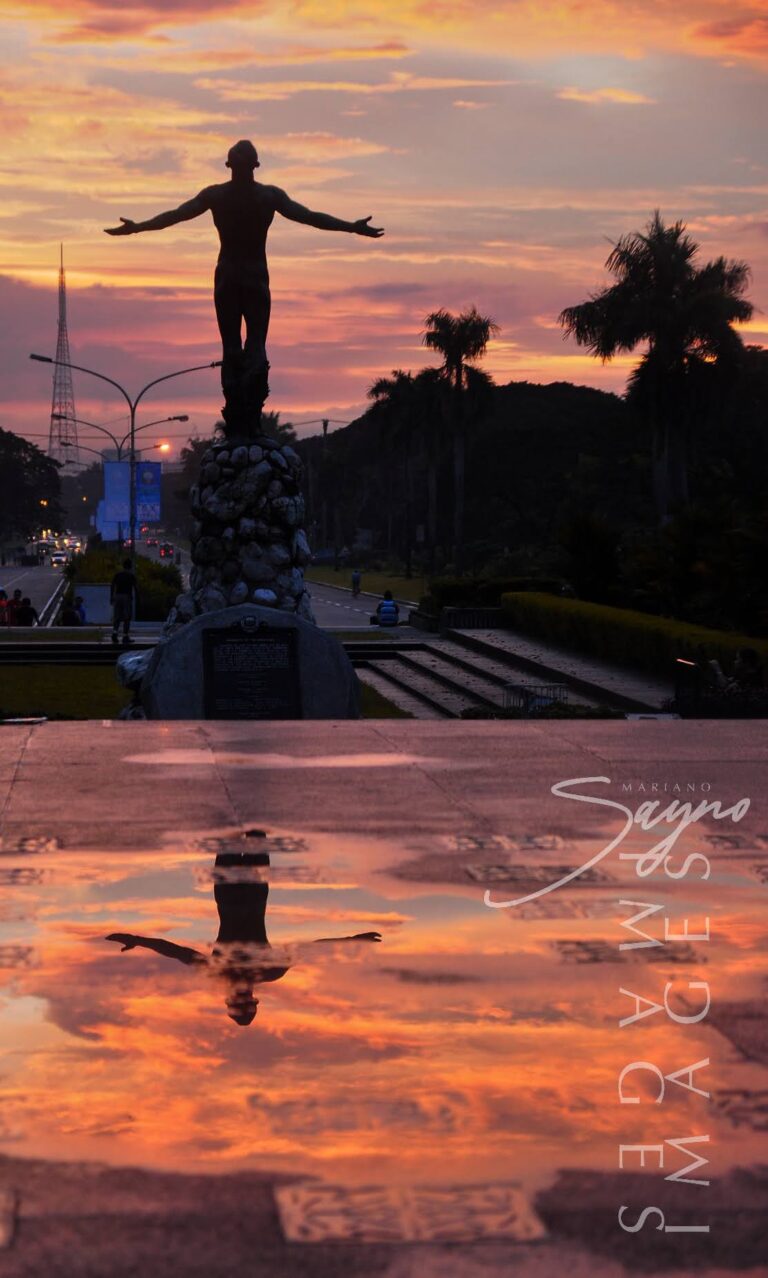
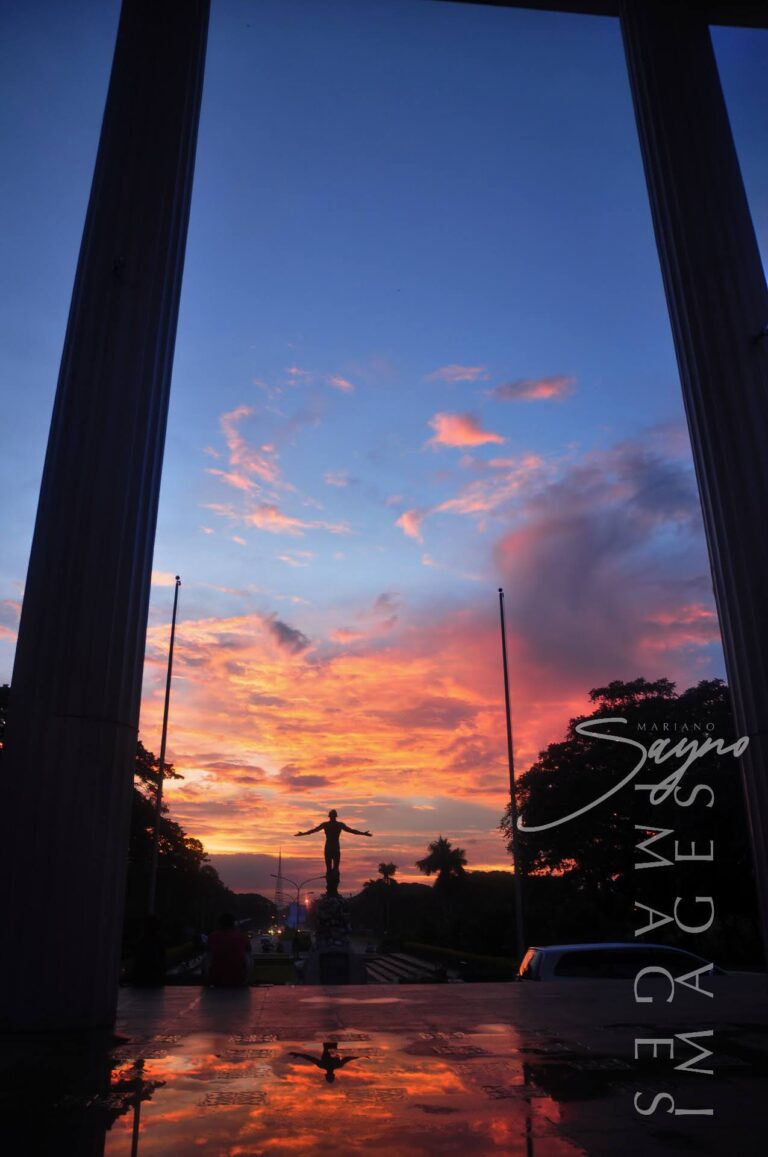
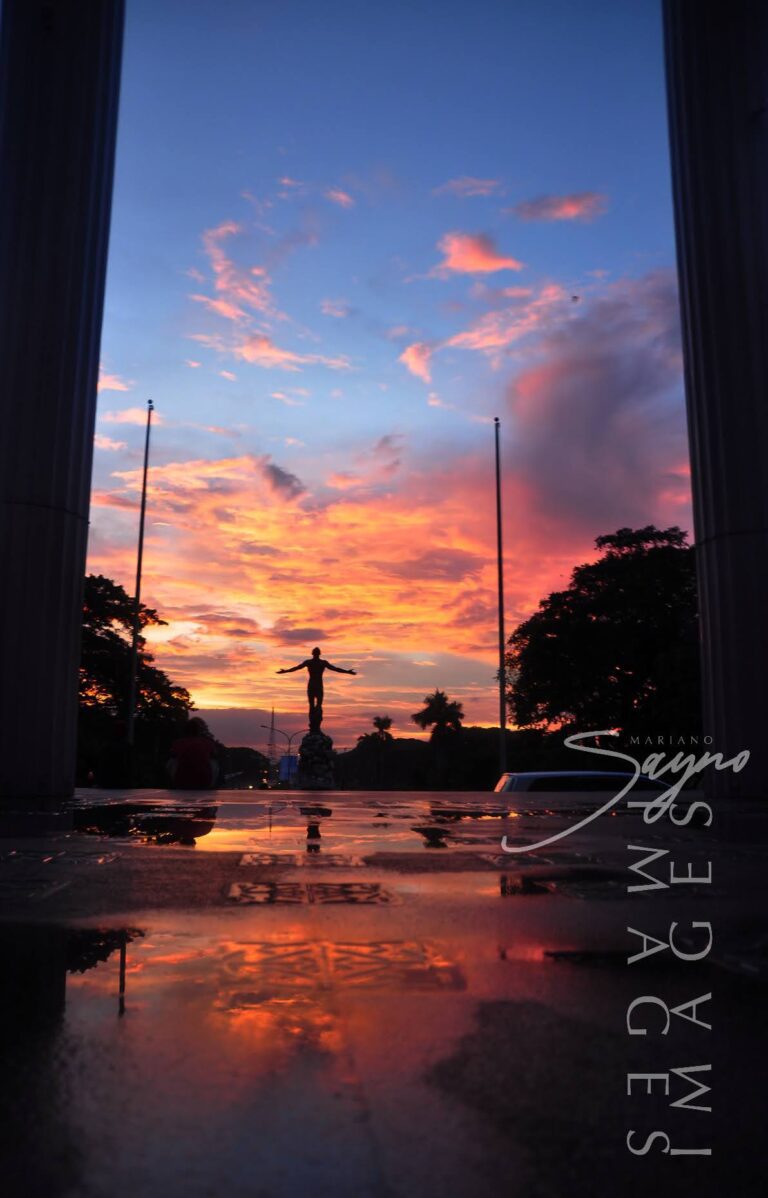
The design of the Oblation itself invites closer inspection. It’s not just a piece of art; it’s a statement. The figure’s posture—arms outstretched, looking upwards—evokes the notion of offering oneself for a cause, a sacrifice for the greater good. While the naked body symbolizes vulnerability, it also represents the courage and purity of selfless service. The statue’s open stance suggests that the nation’s ideals are within reach, but achieving them requires active participation. Guillermo Tolentino, who created the Oblation, drew on classical traditions of heroism, particularly from Greek art, but gave it a distinctly Filipino twist. The form exudes a modern sense of patriotism, tapping into the collective yearning for independence and the unwavering belief in social justice and equality.
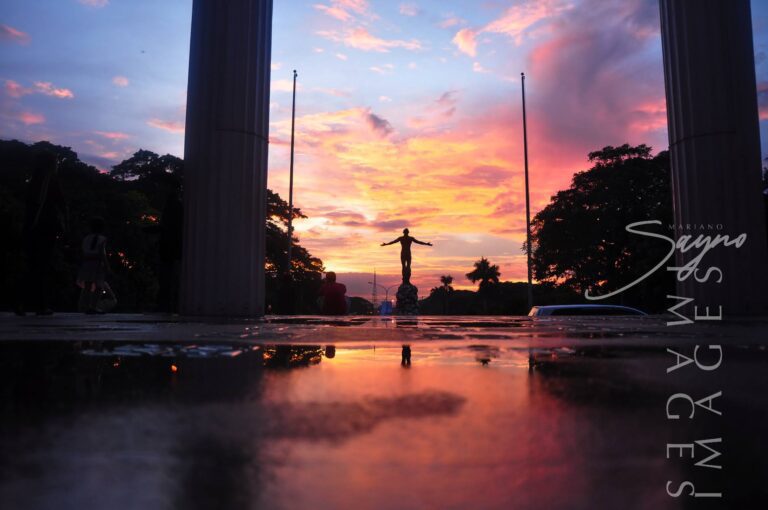
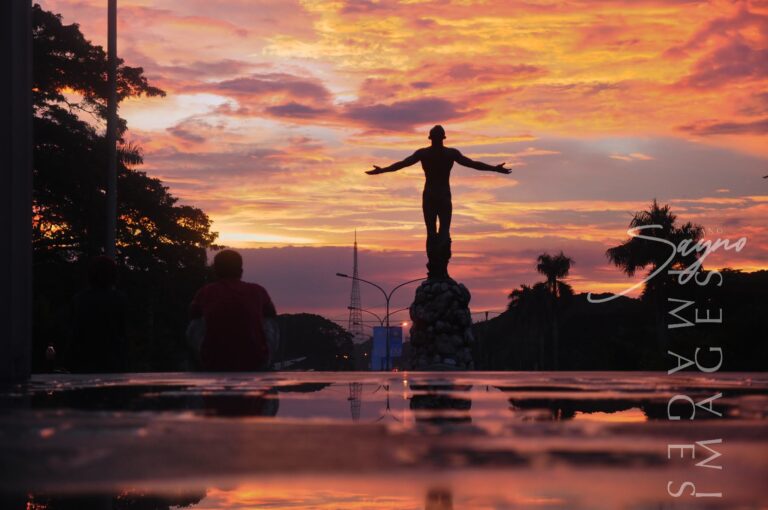
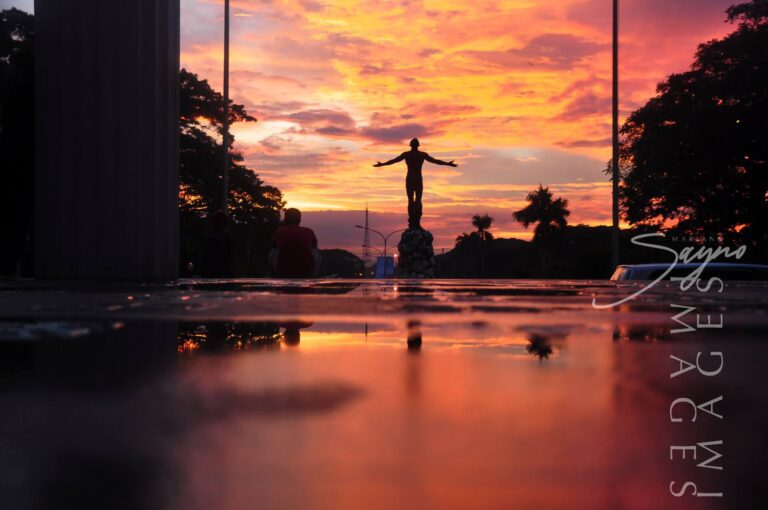
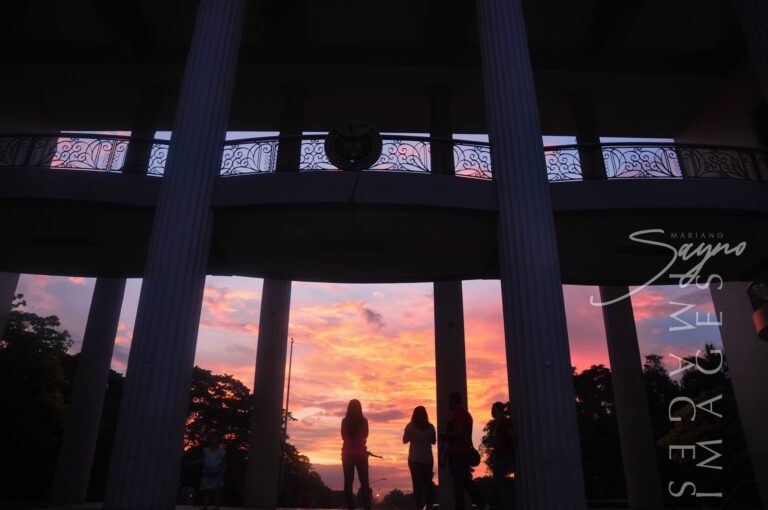
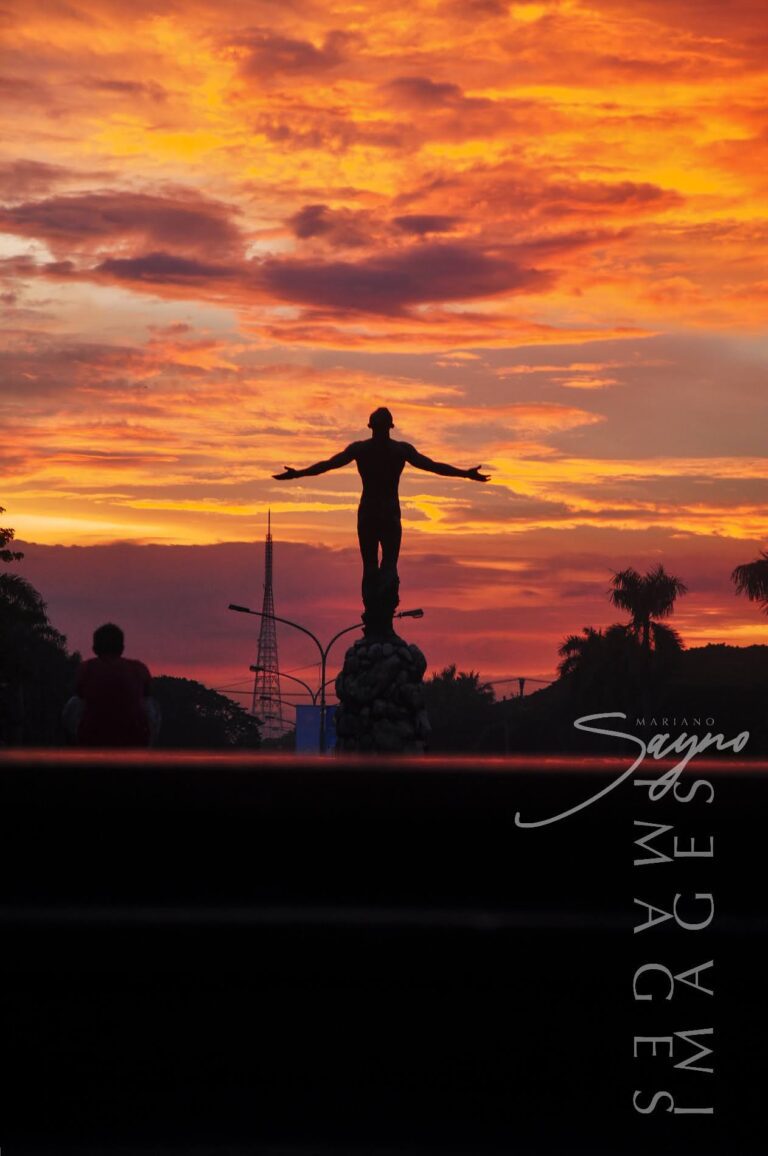
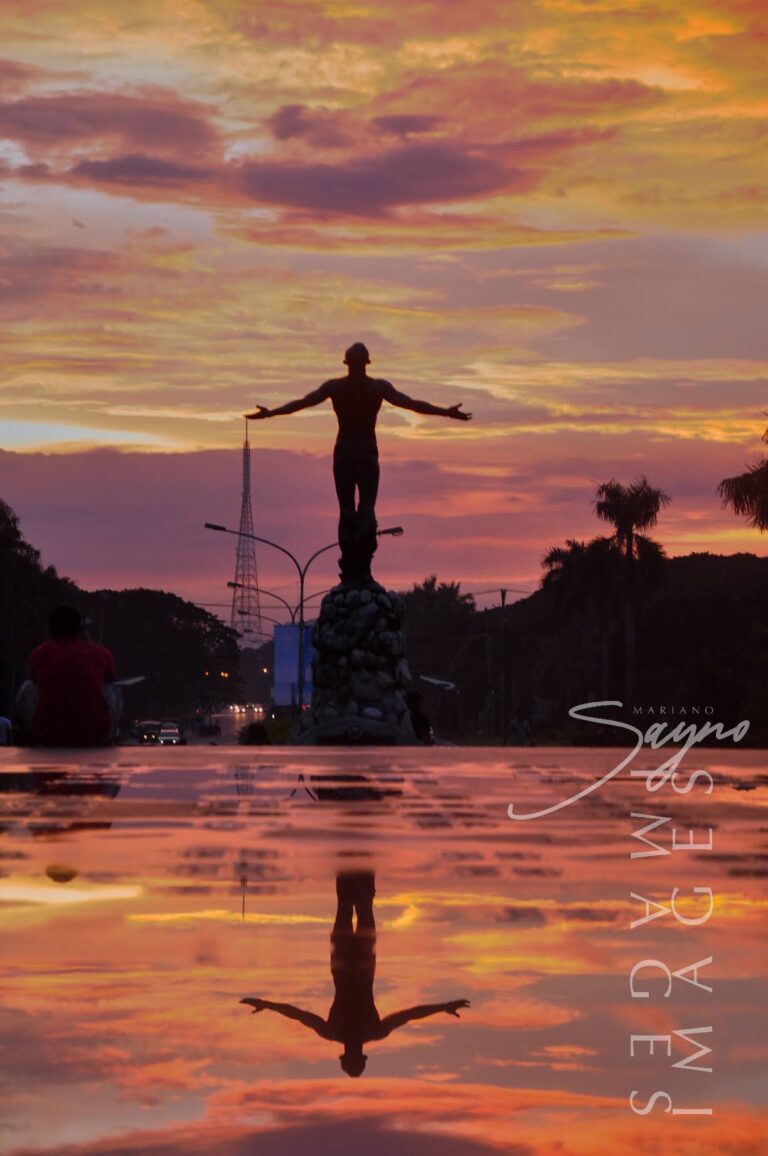
The UP Oblation isn’t just a work of art; it’s deeply intertwined with the country’s political and social history. Throughout the decades, the monument has become a symbol of resistance, especially during the Martial Law era. UP Diliman was a hotbed of activism during the 1970s, and the Oblation stood as an emblem of defiance against the oppressive regime of Ferdinand Marcos. Its image was often seen in protest rallies, highlighting the ongoing struggle for democracy and the restoration of freedoms. Even today, the UP Oblation continues to inspire the youth, intellectuals, and everyday Filipinos who visit the campus. It stands not only as a tribute to the sacrifices of past generations but as a beacon of the ideals that still shape the country’s future.
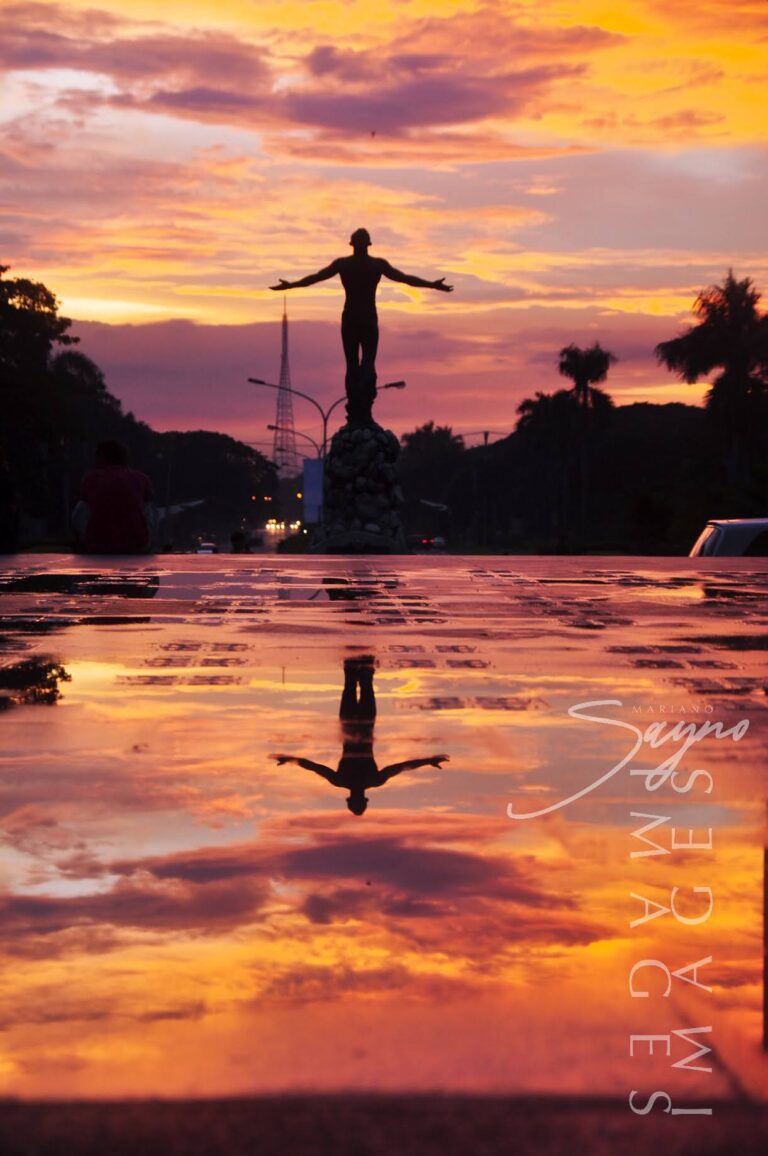
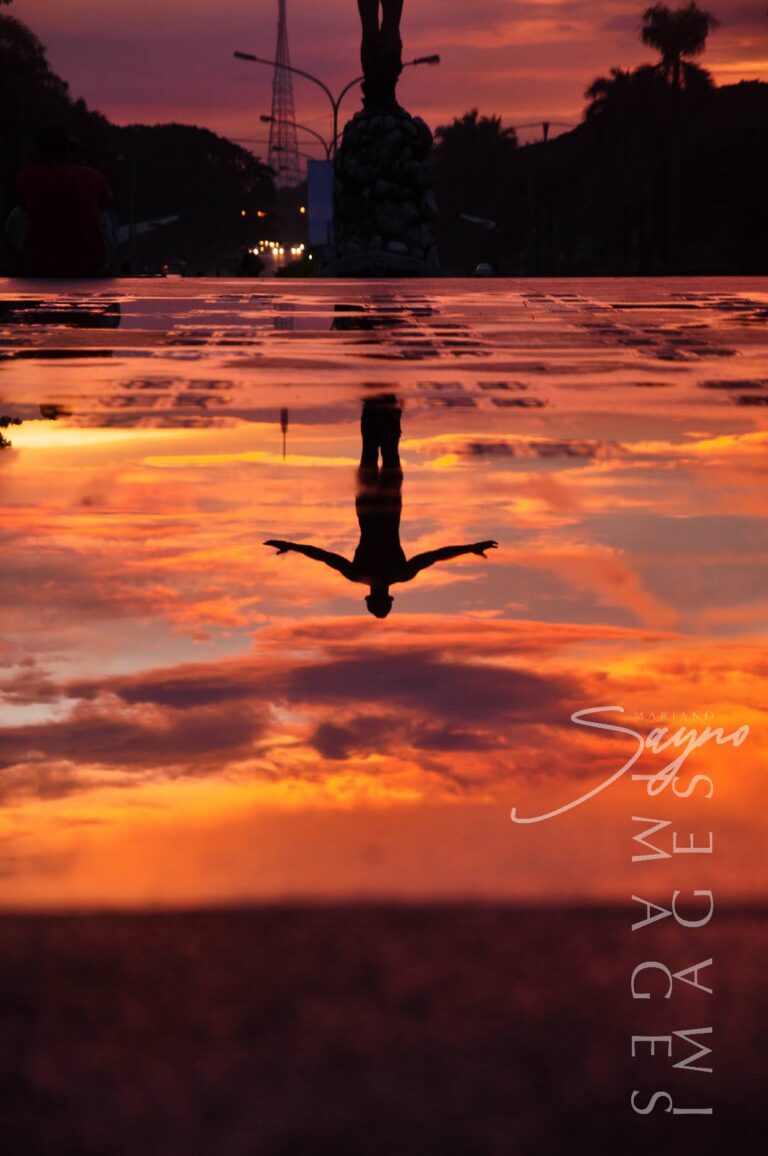
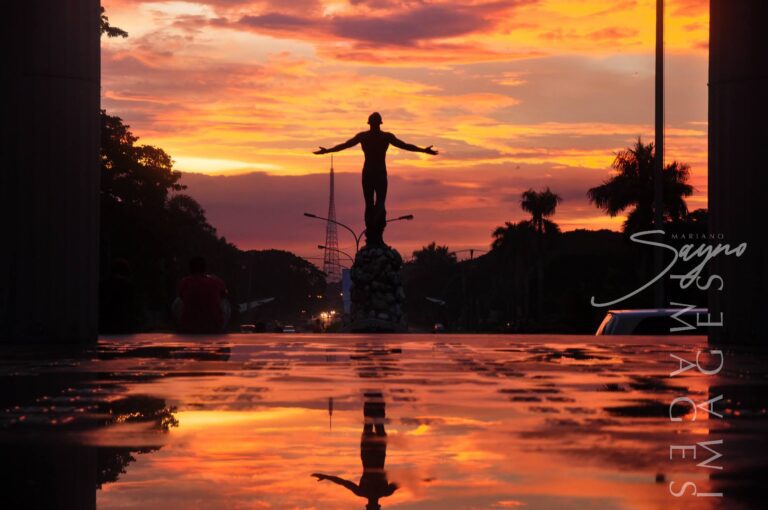
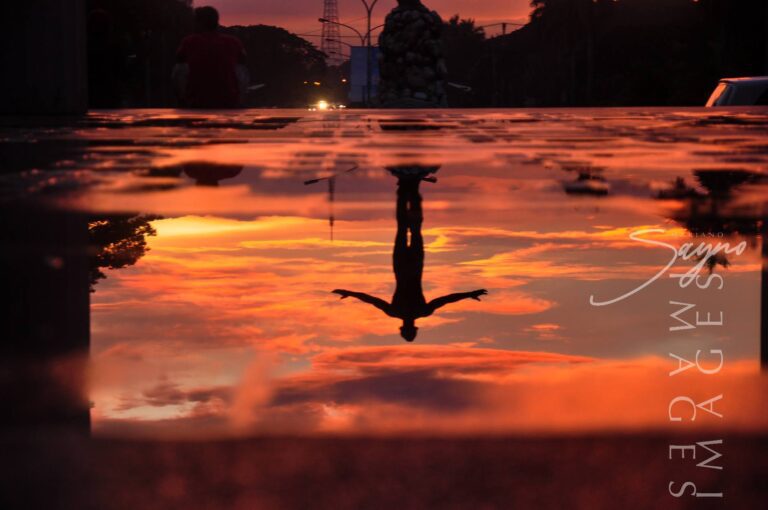
RELATED STORIES

When in Quezon City, one of the most serene and awe-inspiring places to visit is the Mount Carmel Shrine, a haven of peace, spirituality, and
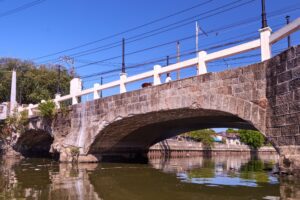
Nestled at the crossroads of Las Piñas in Metro Manila and Bacoor in Cavite, the Zapote Bridge stands as a silent yet powerful witness to
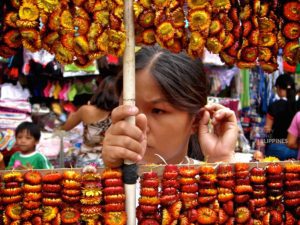
Plaza Miranda is a public square bounded by Quezon Boulevard, Hidalgo Street and Evangelista Street in Quiapo, Manila. It is the plaza which fronts the

Nestled in the heart of Quezon City, La Mesa Ecopark stands as a serene sanctuary, offering both a retreat for nature lovers and an educational
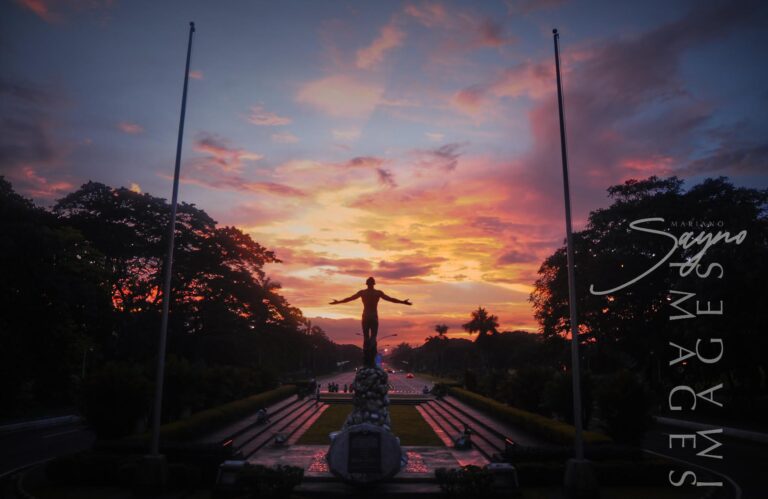
Getting to UP Diliman is simple, as it is centrally located in Quezon City. The university is accessible via major roads like Commonwealth Avenue, EDSA, and C.P. Garcia Avenue. Once you enter the campus, follow the signs to the Oblation Plaza, a beautifully landscaped space that houses the monument. It’s the perfect spot to take a leisurely walk, soak in the history, and enjoy the peaceful surroundings. For those interested in learning more, UP offers guided tours that often include the Oblation as one of the central highlights. These tours provide additional context about the statue, its creator, and its significance in Philippine history, adding a layer of richness to your visit. You’ll not only walk away with a deeper appreciation for the Oblation but also for the university itself, which has been a crucible for the nation’s intellectual and political life.
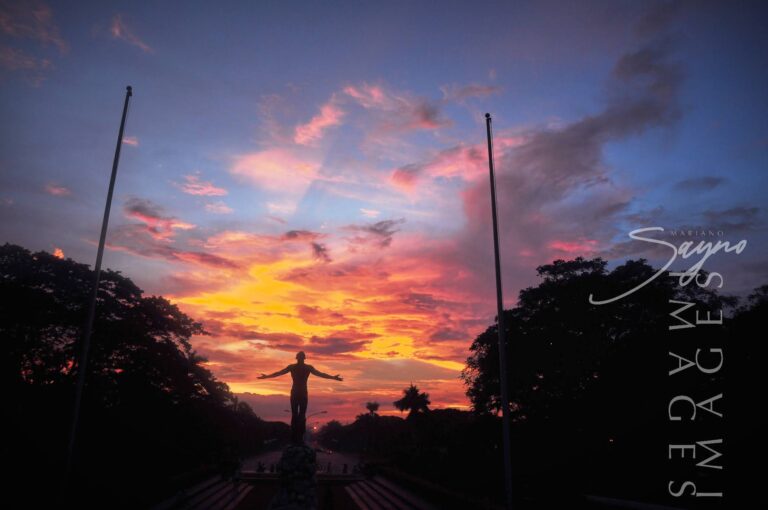
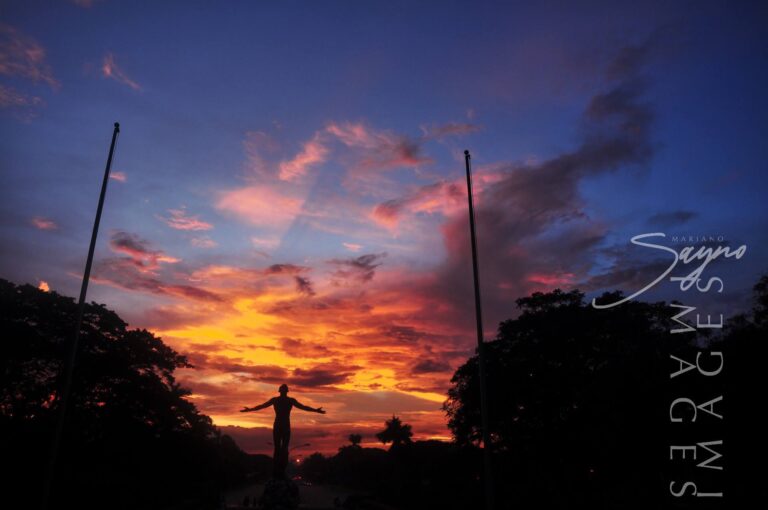
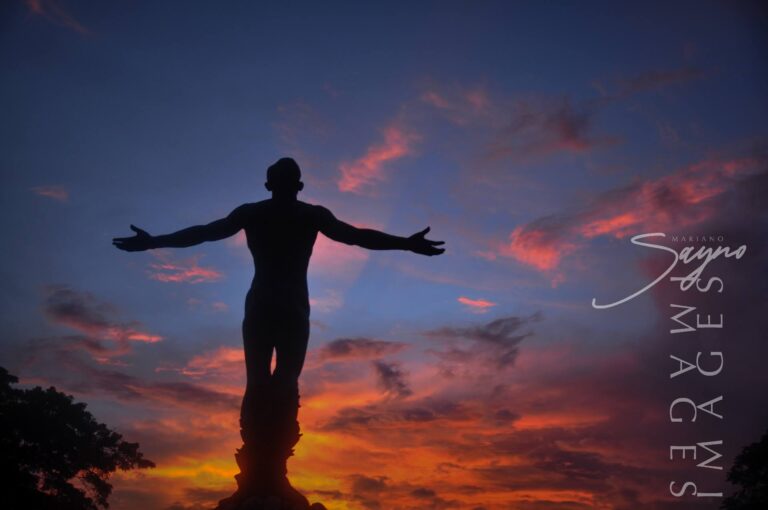
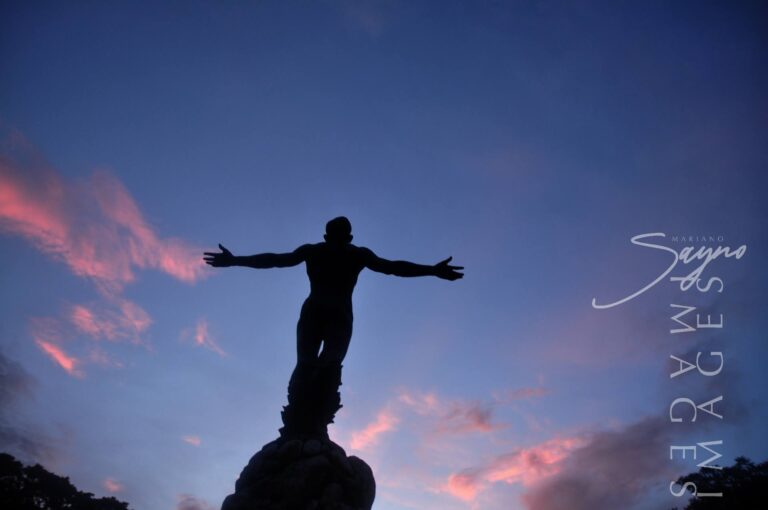
Once you’ve taken in the grandeur of the UP Oblation, why not explore other nearby attractions within UP Diliman and its surroundings? Honestly, there’s so much more to see beyond the iconic statue. UP Diliman is packed with historical landmarks, lush parks, and vibrant spaces that are just waiting for you to stumble upon. For starters, you might want to drop by the UP Faculty Center — a modernist building that’s not just functional but has become an icon in its own right within the campus. Then, just a short walk from the Oblation, there’s the UP Vargas Museum. Let me tell you, if you’re into contemporary Filipino art and historical collections that really give you a glimpse into the country’s cultural soul, this place is a must. And if you feel like venturing a little farther, the Quezon Memorial Circle is just a few minutes away. It’s more than just a park — it’s a national landmark dedicated to Manuel L. Quezon, the second president of the Philippines. Whether you’re up for a casual picnic, a quick jog, or just a slow, thoughtful walk under the trees, it’s the perfect spot to wrap up your mini-adventure around UP.
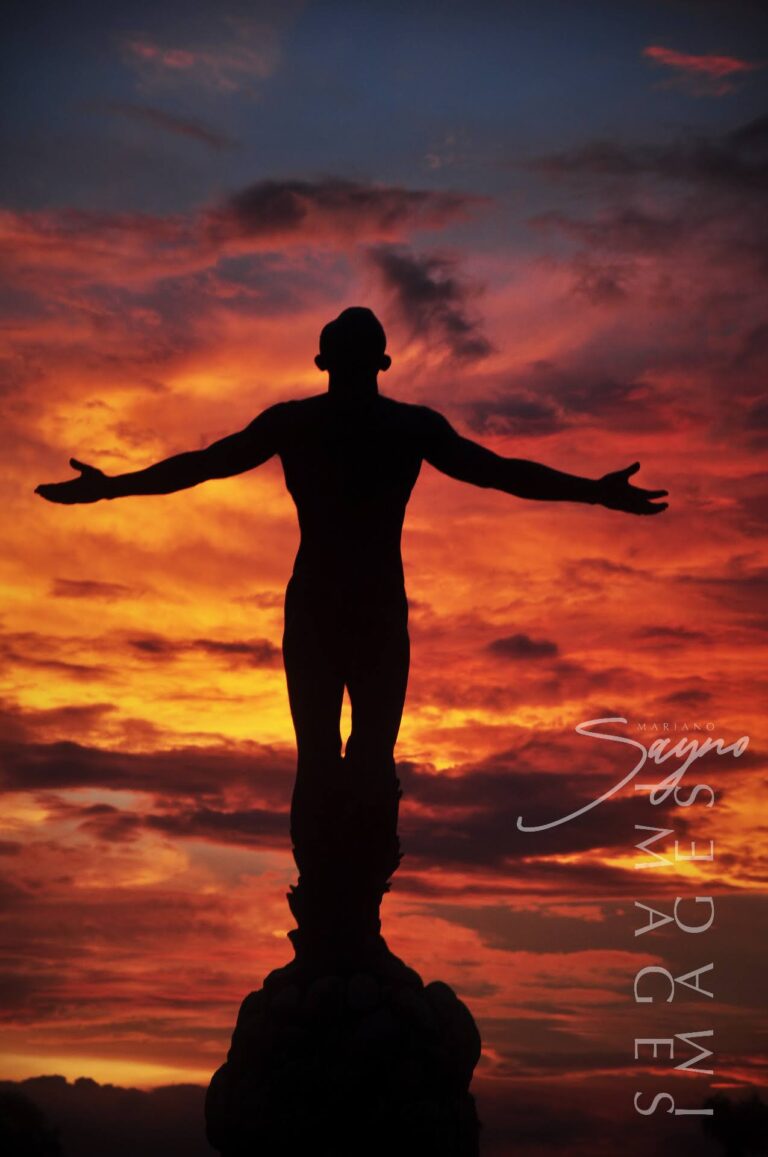
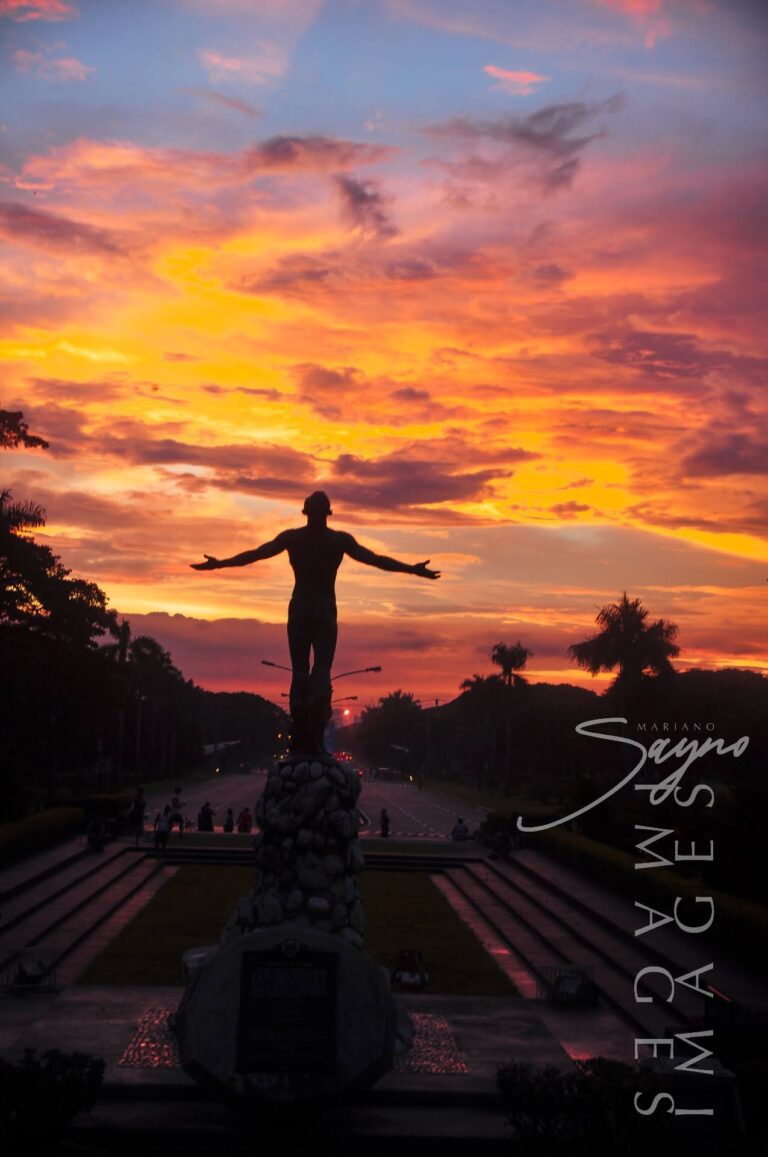
Visiting the UP Oblation Sculpture is more than just a photo opportunity—it’s an invitation to reflect on the ideals of freedom, selflessness, and the power of the Filipino spirit. As you stand before this towering figure, remember that the monument isn’t just about the past. It’s a living symbol of the values that continue to drive the country forward. Whether you’re a student, a tourist, or a local, the UP Oblation is a place that calls you to think deeper, feel prouder, and become a part of the ongoing story of the Philippines. So, next time you’re in Quezon City, make sure the UP Oblation is part of your itinerary—it’s more than just a landmark; it’s a piece of the Filipino soul.
I’m looking forward to the stories and images leaving a lasting positive impression on you, just as they have on me. Stay connected with us on social media for a weekly exploration of travel assignments and breathtaking visuals. Our focus is on championing local tourism, showcasing small businesses, and honoring the magnificence of the Philippines through the content we curate. Join us in spreading the word by clicking the ‘share’ buttons below. Your support means the world to us.
EXPLORE MORE about
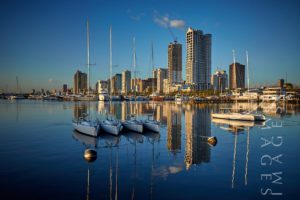
It is considered to be one of the world’s great harbors, the Manila Bay, and it serves as the Port of Manila, Philippines. Having once
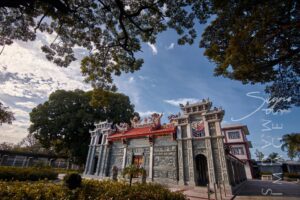
When you think of Manila, you probably imagine vibrant street life, Spanish-era churches, or food stalls dishing out sisig and lumpia. But just beyond the
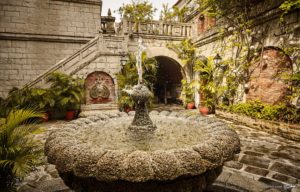
Casa Manila, located in the heart of Intramuros, Manila, is a living museum that transports visitors to the grandeur of the Spanish colonial era. As
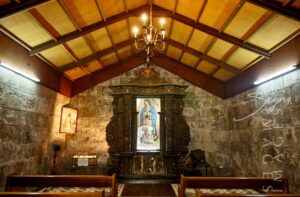
Tucked within the storied walls of Fort Santiago, a landmark that has stood as a silent witness to centuries of Philippine history, the Our Lady
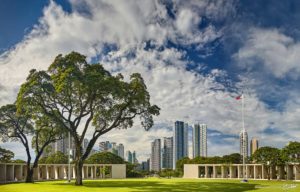
Manila American Cemetery and Memorial is located in the heart of Taguig City on the lands of Fort Bonifacio and serves as the largest grave
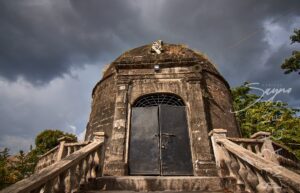
Tucked away in the heart of Taguig City, Metro Manila, lies an intriguing historical site that continues to captivate both locals and travelers alike—the Simborio.
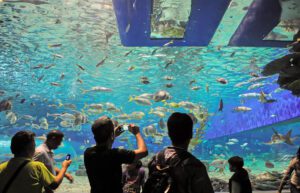
As the nation’s first ever world-class marine theme park, Manila Ocean Park is located in Ermita Manila, within the Philippines’ largest urban resort/aqua-themed hotel complex
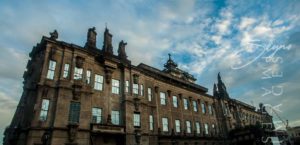
UST, also known as the University of Santo Tomas, is a private Roman Catholic university located in Sampaloc, Manila. It was founded on 28 April
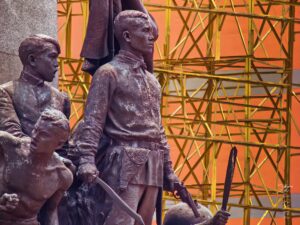
The Bonifacio Monument, also called Bonifacio Monumento or Monumento, proudly stands in Caloocan City, Metro Manila. It is a powerful symbol created by the National
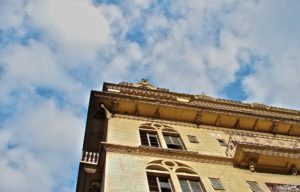
It is always a surprise for buildings, parks and houses to survive such wars as it is almost inevitable that everything will be brought down

Nestled at the crossroads of Las Piñas in Metro Manila and Bacoor in Cavite, the Zapote Bridge stands as a silent yet powerful witness to
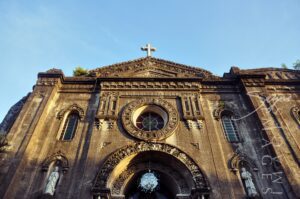
Tucked away in the bustling heart of Makati lies the Guadalupe Church Ruins, an evocative landmark that offers more than just a glimpse of the
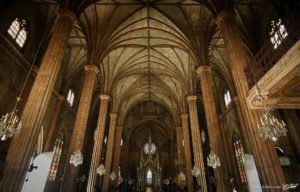
San Sebastian Church is a Roman Catholic Minor Basilica located in Quiapo, Manila. It’s also known as Minor Basilica of San Sebastian or San Sebastian
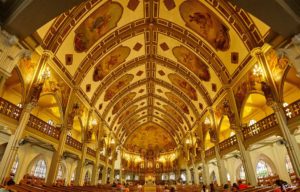
The Manila Abbey San Beda, or formally known as Abbey of Our Lady of Montserrat, is a Benedictine men’s monastery located along the streets of
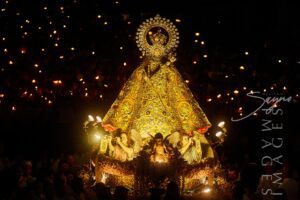
Every October, the vibrant streets of Quezon City come alive with faith, devotion, and rich cultural traditions during the Feast of La Naval de Manila.

Nestled in the heart of Quezon City, La Mesa Ecopark stands as a serene sanctuary, offering both a retreat for nature lovers and an educational
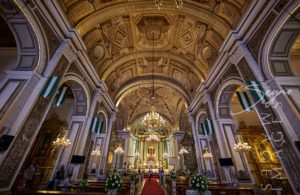
Known as one of the most important baroque churches in the Philippines and as one of the only four baroque churches in the Philippines that
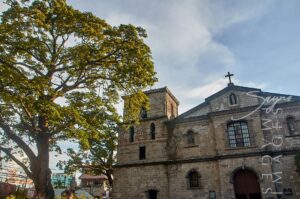
If you’re the kind of traveler who loves uncovering places with soul — you know, spots where history, culture, and a touch of magic come
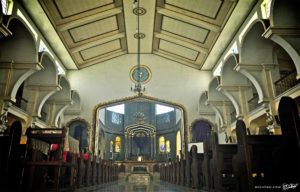
The Polo Church, formally known as the San Diego de Alcala Church, resides in the Polo neighborhood of Valenzuela, Manila. This church has a captivating
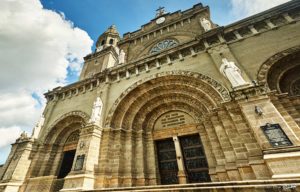
Originally built in 1880, the Manila Cathedral is the current version of the longstanding Church of Manila. It is a masterpiece of architecture that was
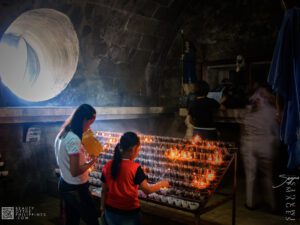
Located in the heart of Taguig City, just a short distance from the bustling Bonifacio Global City (BGC), lies the St. Anne Parish Church, more
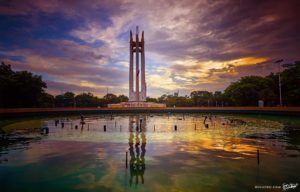
One of Quezon City’s main parks is the Quezon Memorial Circle, which is located in Quezon City and is surrounded by an elliptical road, making
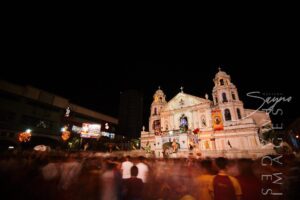
Quiapo, Manila, is home to the historic Quiapo Church, officially known as the Minor Basilica and National Shrine of the Black Nazarene. This revered religious

Located within the historical walls of Intramuros, Manila, Intramuros Golf Club is a true gem for both golf enthusiasts and history lovers alike. This iconic
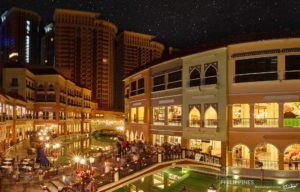
Located in the heart of the Taguig City, the Venice Grand Canal is a lifestyle mall development under the Megaworld Lifestyle Malls Located inside the
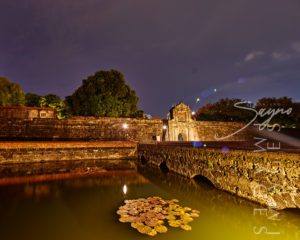
It is also known as the Walled City, and during the Spanish Colonial Period it was synonymous with the city of Manila. Intramuros was also
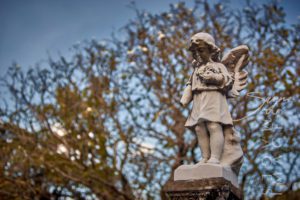
As one of the oldest cemeteries in Manila, Campo Santo De La Loma, commonly referred to as the La Loma Cemetery, is one of the
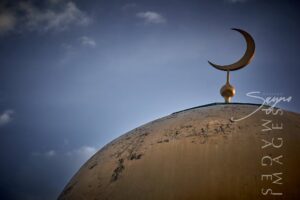
Situated in the heart of Quiapo, Manila, the Manila Golden Mosque stands as a magnificent testament to the rich cultural and religious diversity of the
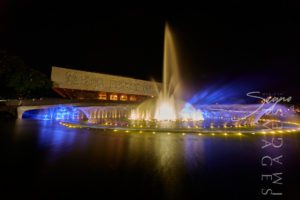
The Cultural Center of the Philippines or CCP was founded in 1966 under the directive of former President Ferdinand Marcos, in order to reinforce and
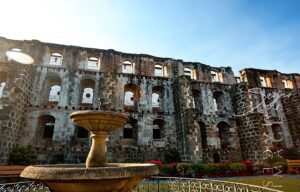
Located within the historic district of Intramuros, Manila, Padre Blanco Gardens—also known as Father Blanco’s Garden—offers a charming and romantic retreat amid centuries-old architecture. This
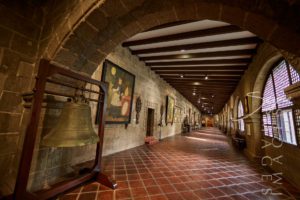
The San Agustin Museum is located adjacent to the UNESCO World Heritage Site, San Agustin Church. It is located in Intramuros—the walled city of Manila—and
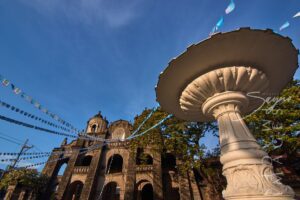
San Juan, a city tucked in the heart of Metro Manila, is often overshadowed by its more famous neighbors, yet it holds within its borders

If you’re ever wandering through the lively streets of Manila, one of the city’s must-see spots is the iconic Carriedo Fountain. Nestled in the heart
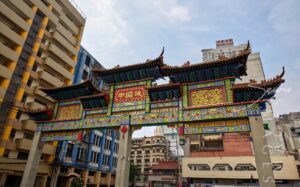
In addition to being considered the oldest Chinatown in the world, Binondo Chinatown is also the center of trade and commerce in Manila City. In
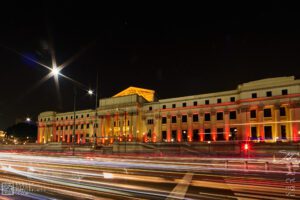
Manila, the vibrant capital of the Philippines, is home to a wealth of cultural and historical landmarks, and among its crown jewels is the National
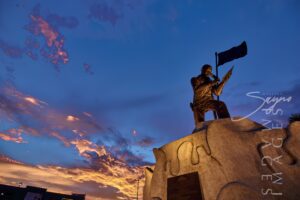
The Andres Bonifacio Birthplace Monument in Tutuban, Divisoria stands as a powerful symbol of Filipino patriotism and a tribute to the courage and leadership of Andres

When in Quezon City, one of the most serene and awe-inspiring places to visit is the Mount Carmel Shrine, a haven of peace, spirituality, and
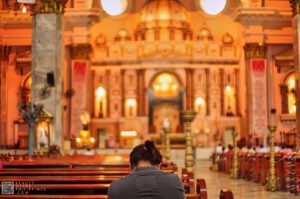
The Binondo Church is a historic church in Manila, located in the District of Binondo, near the Plaza San Lorenzo Ruiz. It was previously called
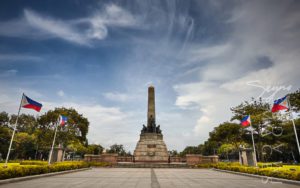
Located along Roxas Boulevard, Manila and adjacent to the century-old walled city of Intramuros, the Luneta National Park, or “Luneta” as many refer to it,

It is the home of the popular Asian elephant, Mali, as well as 90 other species. As well as being a landmark in Manila, the
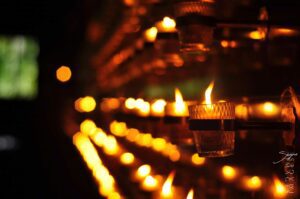
The Padre Pio Chapel, also known as the St. Pio of Pietrelcina Chapel, holds a special place in my heart as a photographer. It revealed
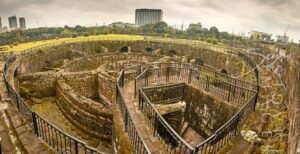
You know how sometimes, you stumble upon a place that feels like stepping straight into a history book—except the pages come alive? That’s exactly the
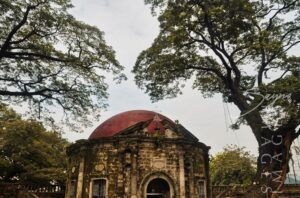
Situated in the bustling city of Manila, Paco Park is a serene oasis that invites visitors to step back in time while enjoying the calm
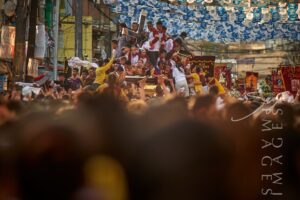
The Nazareno Festival, or the Feast of the Black Nazarene, is one of the most spectacular and deeply moving religious events in the Philippines. Held
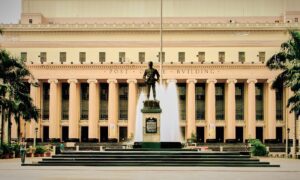
Nestled in the heart of Manila, Liwasang Bonifacio is a place where history, culture, and modern urban life converge. Formerly known as Plaza Lawton, this
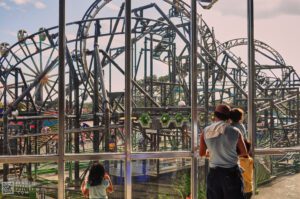
Nestled in the heart of Pasay City within the Cultural Center of the Philippines Complex, Star City stands as one of the premier amusement parks
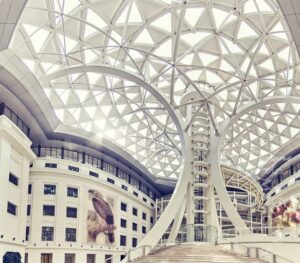
Explore the vibrant tapestry of Manila through its four national museums, each a unique gem in the city’s cultural crown. These four distinguished establishments are
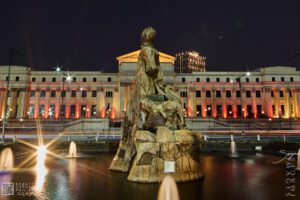
The Gomburza National Monument, located in front of the National Museum of Fine Arts along Padre Burgos Avenue in Manila, stands as a solemn tribute
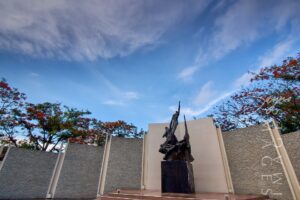
Located in the heart of San Juan City, Metro Manila, the San Juan – Pinaglabanan Memorial Shrine serves as a powerful reminder of the bravery
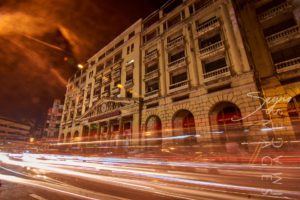
I experienced the vibrant and colorful life of downtown in full. I took some time to appreciate the beauty of Santa Cruz Church and Plaza
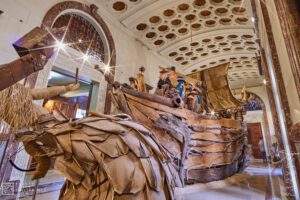
The National Museum of Anthropology, located in the heart of Manila within the National Museum Complex, is a must-visit destination for travelers eager to explore
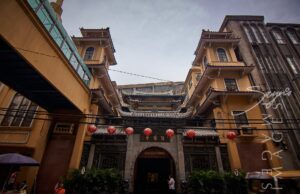
If you’re exploring the heart of Manila, you won’t want to miss Seng Guan Temple, a cultural and spiritual gem nestled in the bustling district
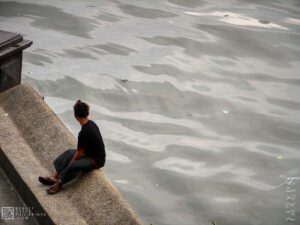
Quezon Bridge, a striking steel arch bridge spanning the Pasig River, is more than just a vital transportation link—it is a historical icon of Manila.
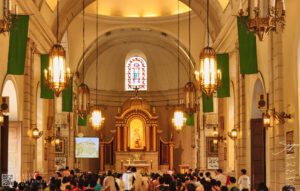
Malate Church stands as a profound symbol of faith, resilience, and artistry, preserving its sacred role and architectural splendor through centuries of triumphs and trials.
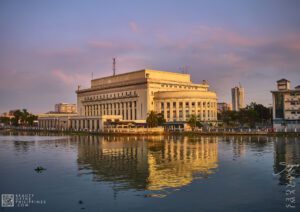
The Manila Post Office, officially known as the Manila Central Post Office, is a distinguished example of neoclassical architecture, originally designed by Juan M. Arellano,
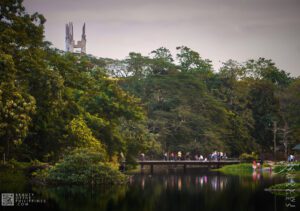
Situated in the heart of Quezon City, the Ninoy Aquino Parks and Wildlife Center (NAPWC) offers a serene retreat from the bustling streets of Metro

Plaza Miranda is a public square bounded by Quezon Boulevard, Hidalgo Street and Evangelista Street in Quiapo, Manila. It is the plaza which fronts the

The University of the Philippines Diliman (UP Diliman) is more than just the country’s premier academic institution—it is a historical, cultural, and natural destination worth
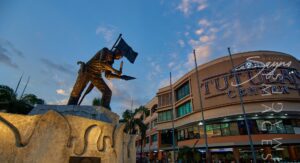
Situated in the heart of Manila, Tutuban Center is more than just a shopping destination—it’s a vibrant mix of history, commerce, and culture that draws
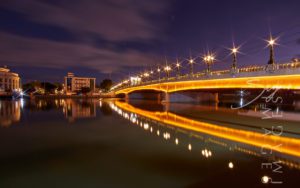
The newly restored Jones Bridge is easily recognizable by its beautifully designed black lamp posts—the same ones that were there when the bridge was first

If you’re exploring Manila, one spot you shouldn’t miss is Plaza Rajah Sulayman, a scenic and historically significant public square in the heart of Malate,
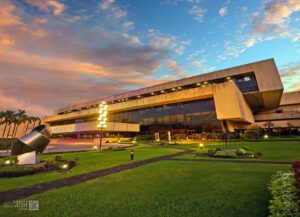
The Philippine International Convention Center (PICC) stands as a monument to the Philippines’ ambition to be a key player on the global stage. With its
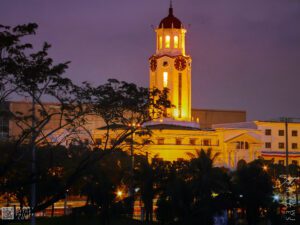
Nestled in the historic district of Ermita, Manila City Hall is more than just the seat of the city’s government—it’s a testament to the rich
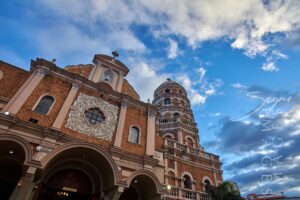
If you’re wandering through the heart of Manila and looking for a place where stories linger and time seems to slow down, Santa Cruz Church
BROWSE BY CATEGORIES